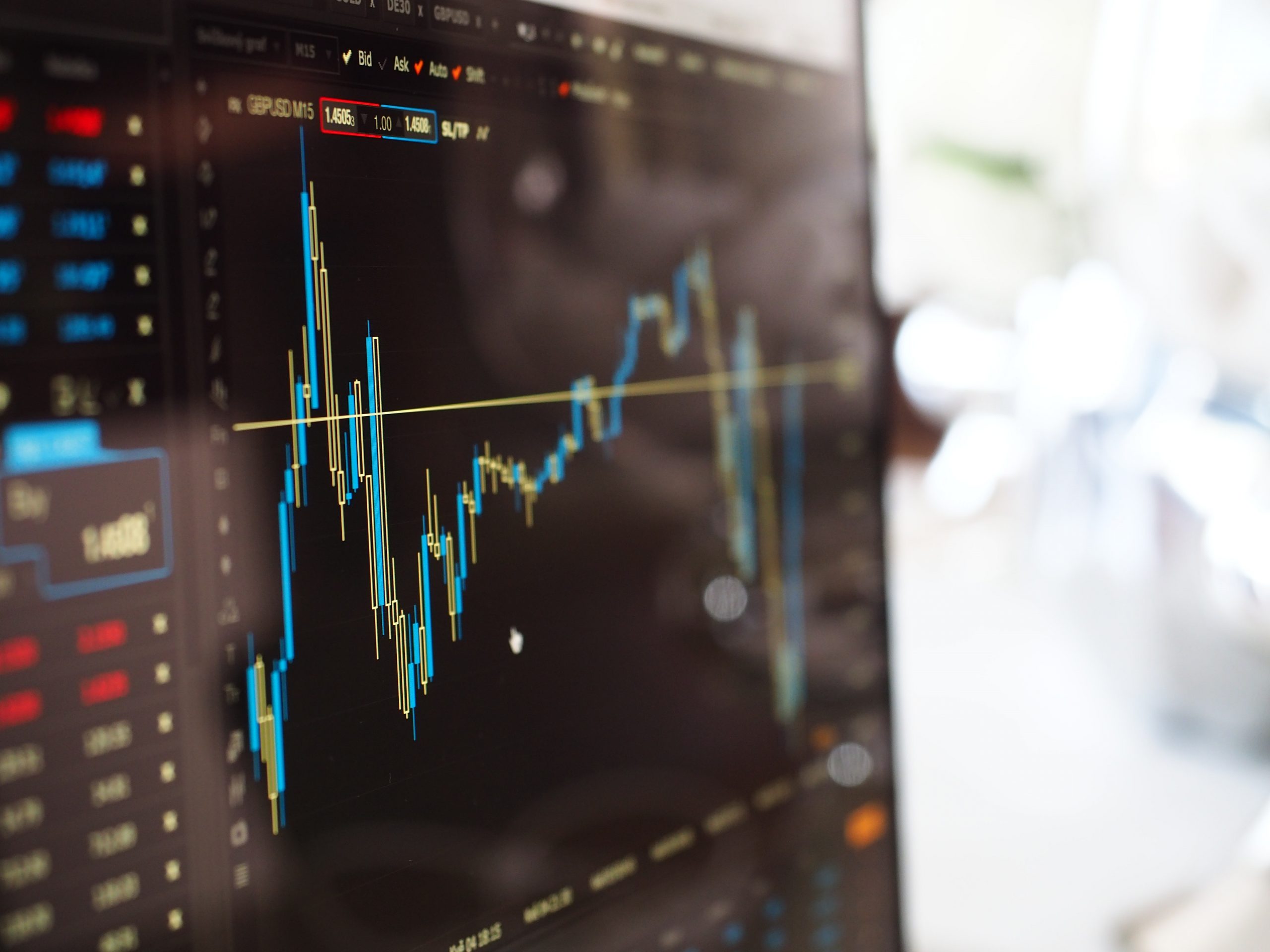Bond yields have surged, making many dividend stocks less appealing. A quick look, however, shows that reliably high-yielding dividend names are indeed out there.
It’s been the year of rising yields. The 10-year Treasury yield has gained to just about 3.5% from 1.51% at the end of 2021. The driver has been stubbornly high inflation, which has prompted the Federal Reserve to lift short-term interest rates, forcing money out of longer-dated bonds. That sends the price of those long-term bonds down and the yield up. The Fed has also wound down its purchases of long-dated Treasury bonds.
That makes stocks with dividend yields that are higher than Treasury yields slightly less attractive. Government bonds are risk-free, meaning the interest payments are almost guaranteed. The added risk of owning a piece of a company’s profits usually means dividend yields should be higher. So when Treasury yields rise, so, too, should dividend yields. But the 10-year yield has risen so fast this year, it has now surpassed the aggregate forward one-year dividend yield of S&P 500 SPX –0.75% companies of about 1.7%, according to FactSet.
That could tempt investors to consider piling into the highest-yielding stocks such as oil names. The Alerian Midstream Energy Index, for example, has an almost 6% yield. But the Fed’s rate-hiking campaign, which attempts to reduce inflation, is meant to curb economic demand, which likely means lowering oil demand. That would lower earnings for oil companies, so any expectation that those companies will be able to grow their dividend payments each year could prove risky; these companies might have to reduce their dividend payments. In fact, the volatility of the energy index’s dividend yield has recently been about 73%, much higher than the S&P 1500’s 9% volatility, according to Morgan Stanley MS –1.67% (ticker: MS). That makes these energy companies’ dividends fairly unreliable.
That raises the question of whether safer-dividend stocks are worth a look. Pharma and Life Sciences stocks in the S&P 1500, on average, have the same dividend-yield volatility of the broader index. The problem is that the current dividend yield for those stocks is about 2% because investors often pay a high price for safety.
However, there are select groups of stocks that offer relatively large dividend payments without high risk.
Banks are a good example, as the S&P 1500 banking sector yields 3.1%. While that’s a touch below the 10-year yield, the sector has recently been compounding its annual dividend payment at an 11% growth rate, according to Morgan Stanley. That means if these companies keep growing their dividends at that rate, their average annual dividend payment for the next five years would equate to a roughly 4% annual yield. That’s certainly more reliable than the energy dividends, as the banks’ yield volatility has been about 21%.
For example, JPMorgan Chase JPM –0.65% (JPM) has a 3.5% yield right now, but analysts polled by FactSet expect the company to grow the dividend payment by almost 5% in 2023. If the bank maintains that growth rate, its average annual yield for the next five years would be well above the current 10-year yield.
And that’s a reliable outcome. The stock price has been less volatile than the S&P 500 has been in the past year, according to FactSet. That implies that its earnings—and dividends—aren’t so volatile, as the bank’s diversified set of businesses helps it keep shelter from the lending business, which often gets hit hard during recessions.
Morgan Stanley stock is similar. Its yield is 3.5% and analysts expect the dividend payment to grow by more than 7% next year. It, too, has diversified business, as its stock has been only just as volatile than the S&P 500.
Finding the right dividend stocks is like finding diamonds in the rough. They exist—it just takes some digging and determination.

